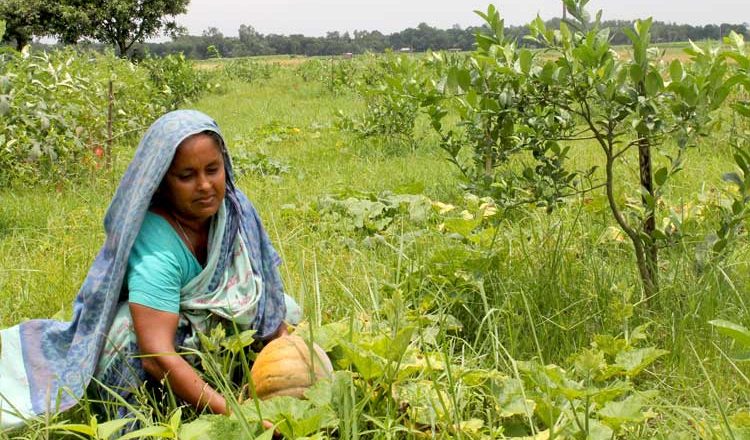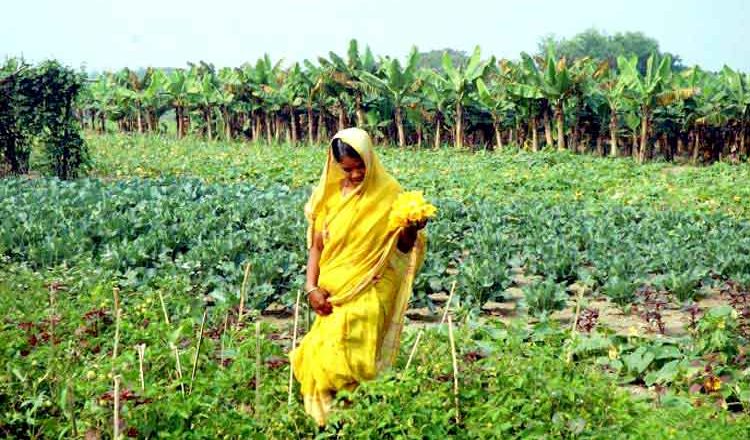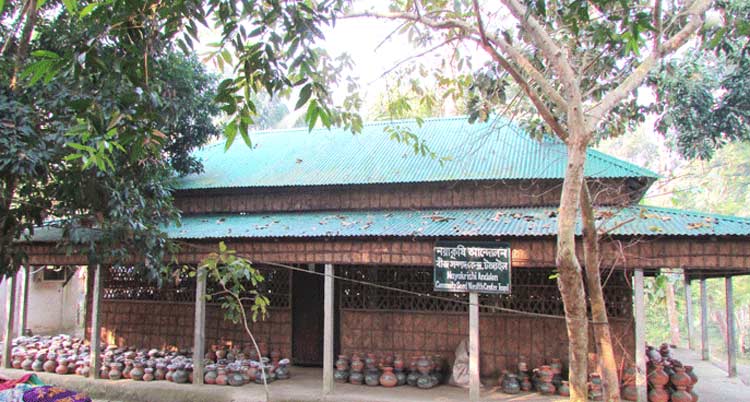Community Seed Wealth Center and Gumat are disaster shelters
Nayakrishi Andolon
Mehinoor Khatun ( 33) is living in the village of Bantiar,Shahjadpur, Sirajgonj. She has two sons and a daughter. Her husband Sontesh Miah is a tuberculosis patient and can not do any work. They have 87 decimal of cultivable land. They also have one cow, two goats, six ducks and six hens.
She moved with two sons (9 and 6 year s) and a daughter (1) along with 3 species of seeds, one cow, two goats, six ducks and six chickens in Seeds center and Gumat (Cow shelter) during flood in 2007. This Seed wealth center and Gumat were established by UBINIG for sheltering flood affected people and livestock.
Mehinoor Begum said that the Seed wealth center and Gumat were of great help for them during flood. After recession of flood water they planted seeds that they had kep...



